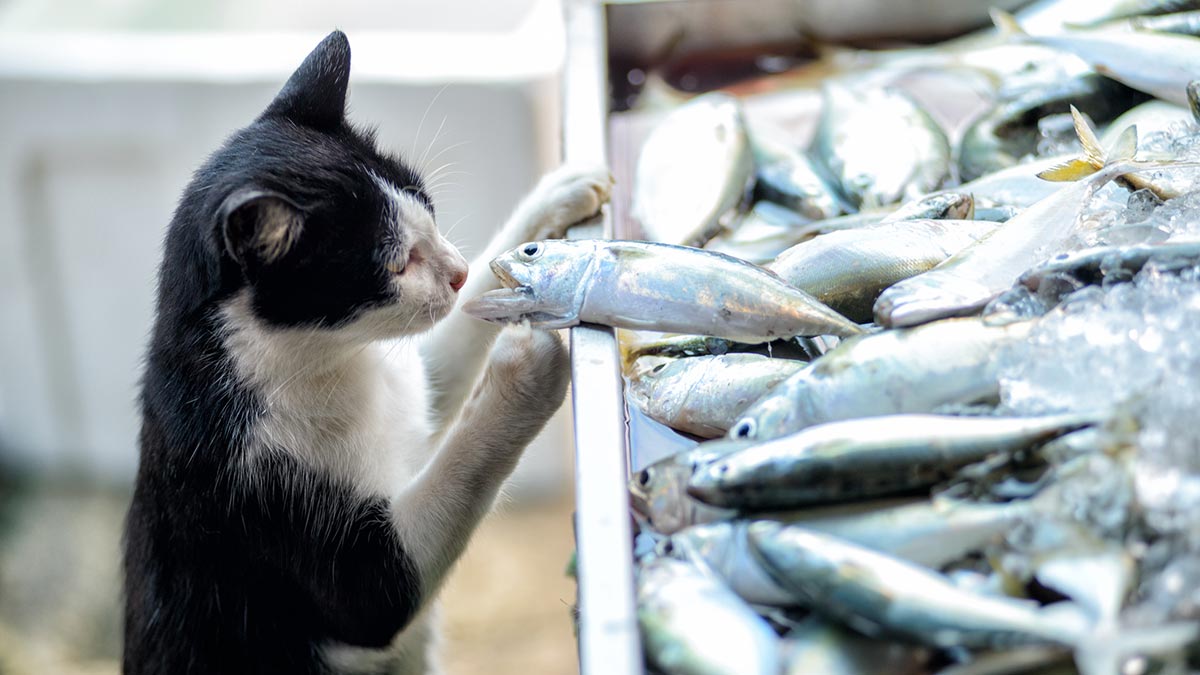Whatever tantalum even is, Australia could steal its market share from Africa

Until now Australia hasn’t really produced much tantalum, making it a metal that not too many people here are familiar with.
But it’s actually pretty important, and now Australia is vying for a greater market share of it.
If you like your electronic devices small and fast, it’s because of tantalum — and it’s also a good metal for preventing corrosion.
These days, tantalum’s main use is in capacitors — a dual-terminal electronic component that stores electrical energy. Much like a battery but it dispenses energy a lot quicker.
Tantalum is also used to make “superalloys”, mainly for aerospace and industrial gas turbines.
Most tantalum production comes from Africa — specifically Rwanda (the world’s largest tantalum producer), the Democratic Republic of the Congo (DRC) and Nigeria — but buyers are a bit dubious about how Africa’s minerals are mined.
Africa accounted for about 38 per cent of the world’s production in 2018.
Brazil and China are also large tantalum producing countries.
But Australia is now gearing up its tantalum production with the start of several new lithium mines. Tantalum is a by-product of lithium mining.
Right now, Australia accounts for about 5 per cent of primary tantalum supply, but market intelligence firm Roskill says this could grow to as high as 33 per cent by 2021 based on its upper level forecast for supply growth.
Last year, the $1.4 billion Pilbara Minerals (ASX:PLS) and $280m Alliance Mineral Assets (ASX:A40) both started shipping a tantalum by-product from Western Australia.
And both producers are planning to expand tantalum production this year.
The Talison Lithium-owned Greenbushes mine in Western Australia is also likely to expand its tantalum production.
More supply good or bad?
Now usually a flood of new supply is not so great for the market because it pushes the price down, but in this particular instance there is a potential positive in that it could switch buyers’ focus from Africa’s artisanal supply to Australia.
“What you might be finding is that some of the guys will be buying less African product and more Western world product,” Alliance managing director Mark Calderwood told Stockhead.
“The problem with African supply is you don’t know the social impact of that supply.”
Roskill backs that view, saying Australian supply offers a potentially lower cost and more stable alternative to the African artisanal supply, from the Central African Great Lakes region, that currently dominates the market.
“Production from this region has long been associated with conflict mining, although the situation has improved in recent years with the introduction of the Dodd Frank Act, government- and consumer-led schemes to fund due diligence, bag-tagging schemes to improve tractability through the supply chain, and new plans to use blockchain technology,” Roskill noted.
Demand is also on the rise after having remained flat for the past decade.
Roskill expects growth in almost all of the major applications that use tantalum, with total demand growing by 4 to 5 per cent each year between now and 2028.
The small cap players in Oz
Alliance is producing lithium and tantalum from its Bald Hill mine in Western Australia.
In the March quarter the company produced 38,291 wet tonnes of lithium concentrate and 34,380 pounds of tantalite — the most widespread tantalum mineral.
Calderwood said tantalum accounts for about 10 per cent of Alliance’s revenues.
“It brings down costs by 10 per cent, so it makes a difference,” he said.
According to Calderwood, Alliance is the only company that has high tantalum as well as low radiation, arsenic and antimony.
“There’s reasonable demand for it because it is a very high-grade product,” he said.
“We get the full market concentrate price and we send it to Europe. We’re one of the few that can send it to Europe.”
Other ASX-listed players with a tantalum bonus
AVZ Minerals (ASX:AVZ) is another small cap that has tantalum among its lithium.
The company recently upgraded the measured and indicated resource for its Roche Dure deposit at its Manono project in the DRC to 269 million tonnes at grades of 1.65 per cent lithium, 816 parts per million (ppm) tin and 36ppm tantalum.
That equates to about 9,600 tonnes of tantalum.
Mineral resources are categorised in order of increasing geological confidence from inferred to indicated to measured.
A “measured” resource represents the highest level of geologic knowledge and confidence and allows a company to start work to convert the resource to a reserve — discoveries that are commercially mineable.
An “indicated” resource means a company has sufficient information on geology and grade continuity to support mine planning.
- Subscribe to our daily newsletter
- Join our small cap Facebook group
- Follow us on Facebook or Twitter
Tantalum is also a by-product of niobium, and Globe Metals & Mining (ASX:GBE) has a niobium and tantalum project in Malawi.
Last year Globe restarted work at its Kanyika project due to an uptick in the niobium market.
Niobium — sometimes referred to by its old US name of columbium — is a shiny metal used in everything from hypoallergenic jewellery to jet engines to superconducting magnets.
Its major use — accounting for 90 per cent of world production — is in the making of high-strength, low-alloy steel.
>>Read: The price of little-known niobium is going up and these ASX small caps could benefit
Globe’s Kanyika project hosts a resource of 68.3 million tonnes at 2,830 ppm niobium and 135ppm tantalum.
The company is working to finalise a development agreement with the Malawi government and has updated the definitive feasibility study, which will be released once the development agreement is signed.
At Stockhead, we tell it like it is. While AVZ Minerals is a Stockhead advertiser, it did not sponsor this article.
UNLOCK INSIGHTS
Discover the untold stories of emerging ASX stocks.
Daily news and expert analysis, it's free to subscribe.
By proceeding, you confirm you understand that we handle personal information in accordance with our Privacy Policy.








